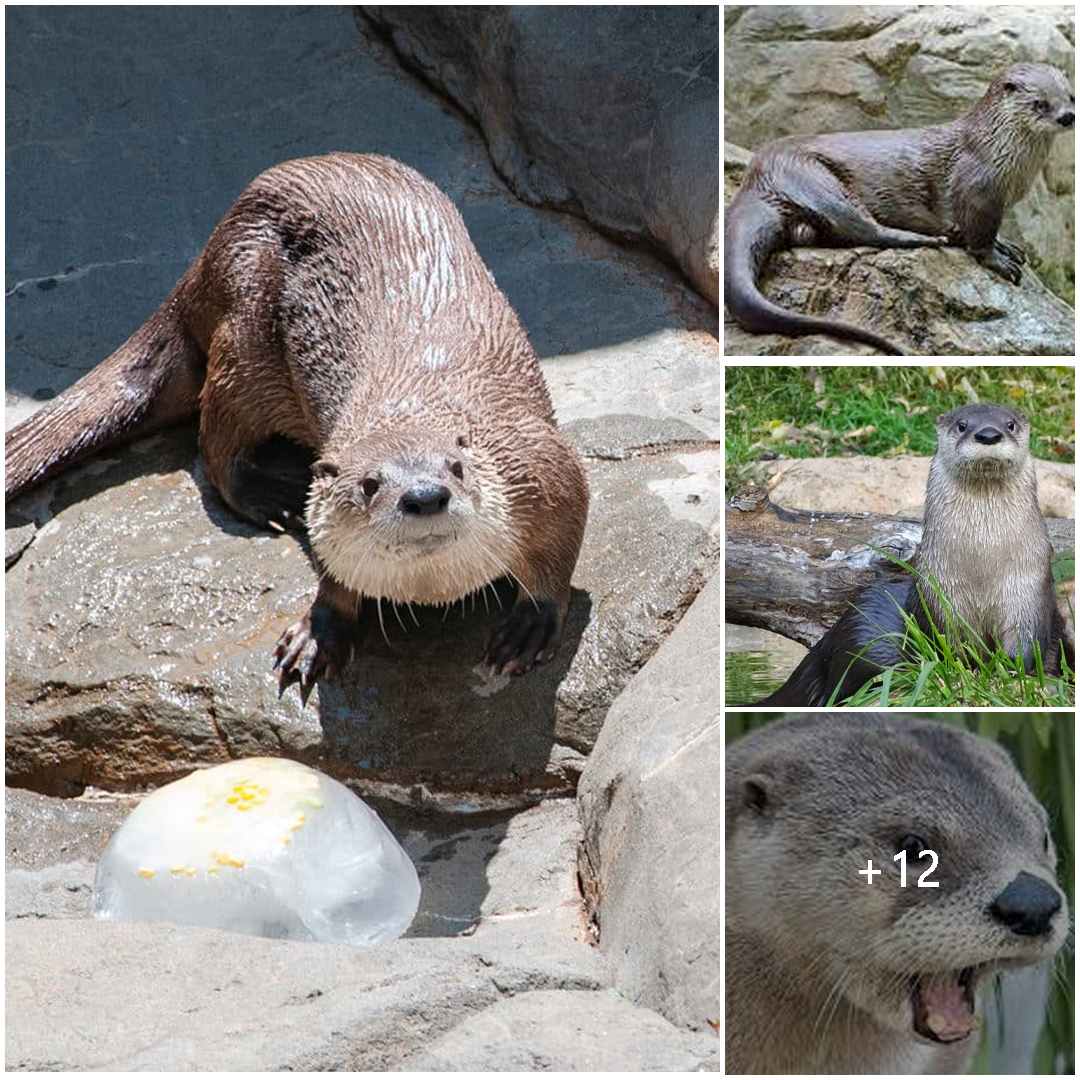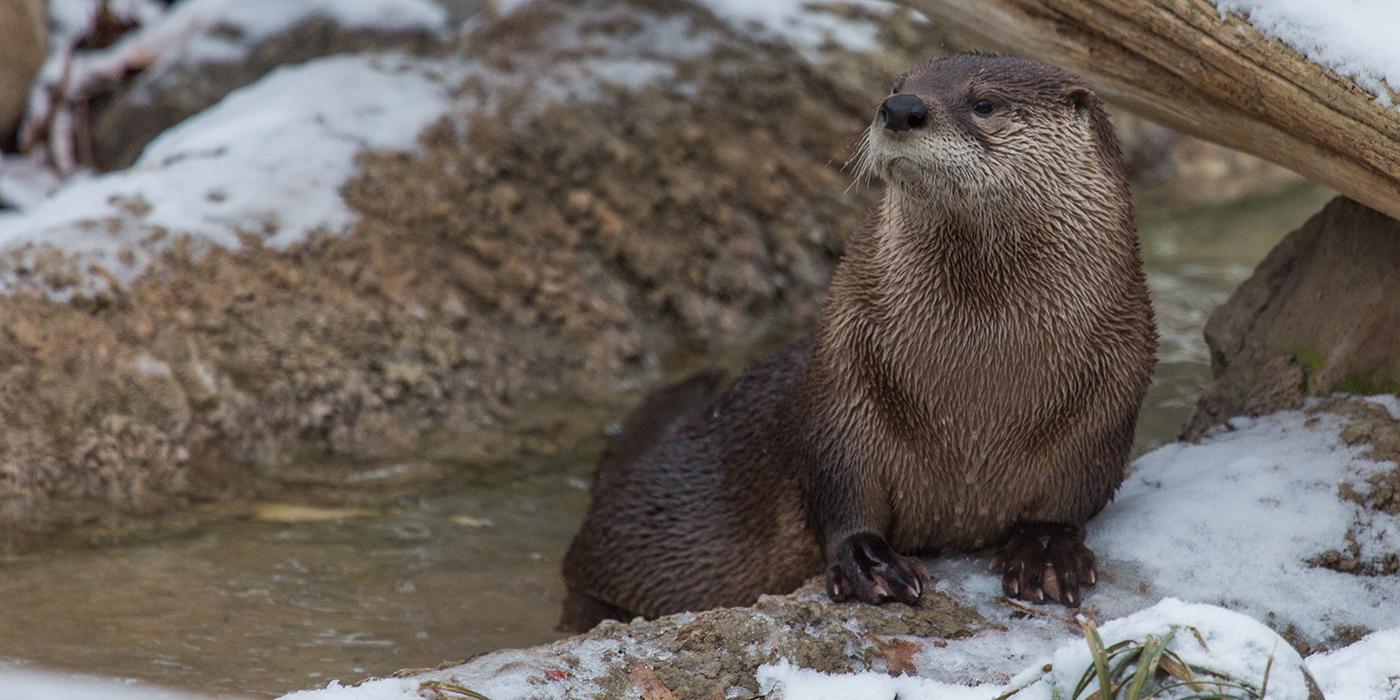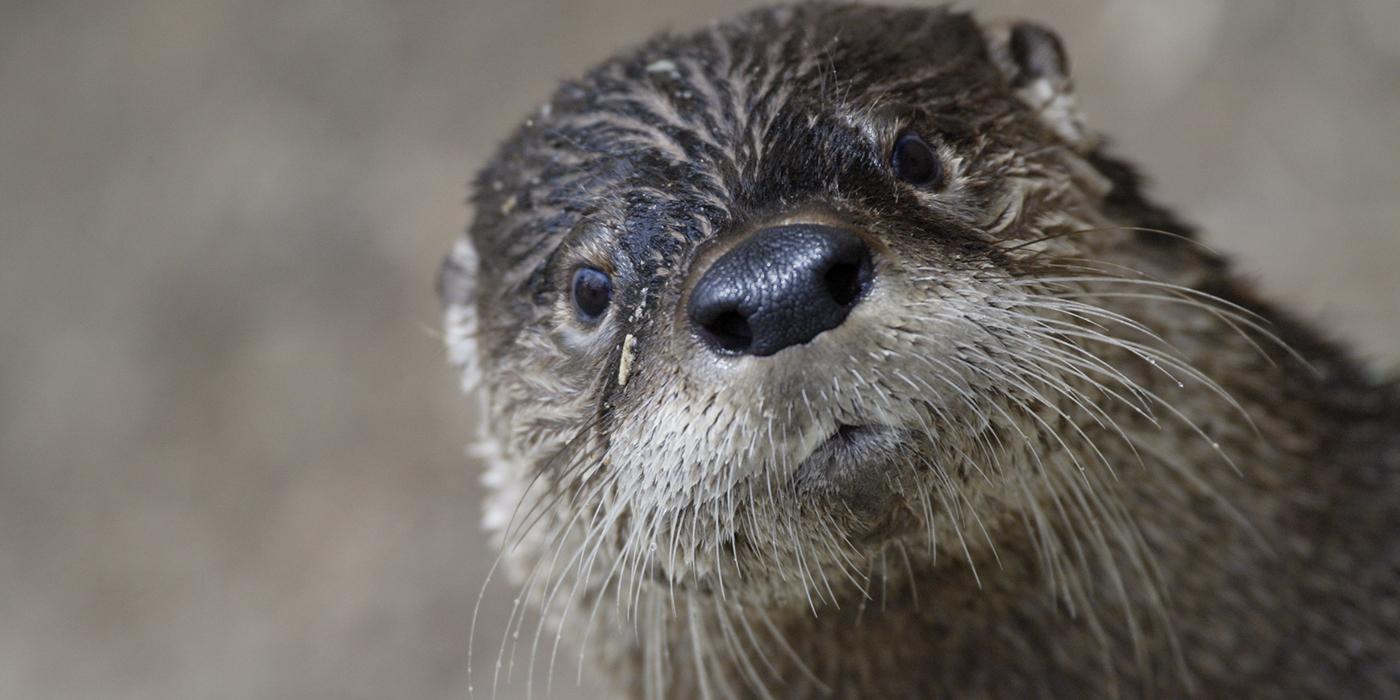
North American River Otter: The Charismatic Carnivore of North American Waterways
The North American river otter, scientifically known as Lontra canadensis, is a captivating mammal native to the waterways and coastal areas of North America. Renowned for its playful nature, sleek physique, and impressive swimming abilities, this semi-aquatic carnivore holds a special place in the hearts of wildlife enthusiasts. Let’s explore the fascinating world of the North American river otter and uncover what makes it such an iconic species.
Habitat and Distribution:
North American river otters inhabit a wide range of aquatic environments, including rivers, streams, lakes, marshes, and coastal estuaries across North America. They are particularly abundant in regions with ample freshwater resources and abundant prey populations, such as the Pacific Northwest, the Great Lakes region, and the Gulf Coast.

Physical Characteristics:
These charismatic otters are well-adapted to their aquatic lifestyle, with streamlined bodies, webbed feet, and powerful tails that propel them through the water with agility and speed. They have dense, water-repellent fur that keeps them warm and dry, enabling them to thrive in cold water environments. Their whiskers, or vibrissae, are highly sensitive and help them detect prey underwater.
Behavior and Diet:
North American river otters are primarily crepuscular and nocturnal, meaning they are most active during dawn, dusk, and nighttime hours. They are highly skilled hunters, feeding on a diverse diet of fish, crustaceans, amphibians, and aquatic invertebrates. Using their keen senses and agile swimming abilities, they pursue prey underwater and capture it with their dexterous paws.
Social Structure:
While North American river otters are typically solitary hunters, they are known to form social groups, or rafts, when resting or playing. These rafts can consist of several individuals, often family members or unrelated otters congregating in a communal space. Play behaviors, such as sliding down riverbanks or engaging in water games, are common among otters and serve important social and developmental functions.
Conservation Status:
Despite their adaptability and widespread distribution, North American river otters face threats from habitat loss, pollution, water contamination, and human disturbance. Conservation efforts focused on protecting and restoring riparian habitats, minimizing pollution, and mitigating human-wildlife conflicts are crucial for ensuring the long-term survival of these iconic mammals.

Conclusion:
In conclusion, the North American river otter is a charismatic and vital component of North America’s aquatic ecosystems. Its playful demeanor, impressive adaptations, and important ecological role make it a beloved symbol of wilderness and conservation. By appreciating and protecting the habitats of these remarkable creatures, we can ensure that future generations continue to enjoy the beauty and biodiversity of North America’s waterways.





